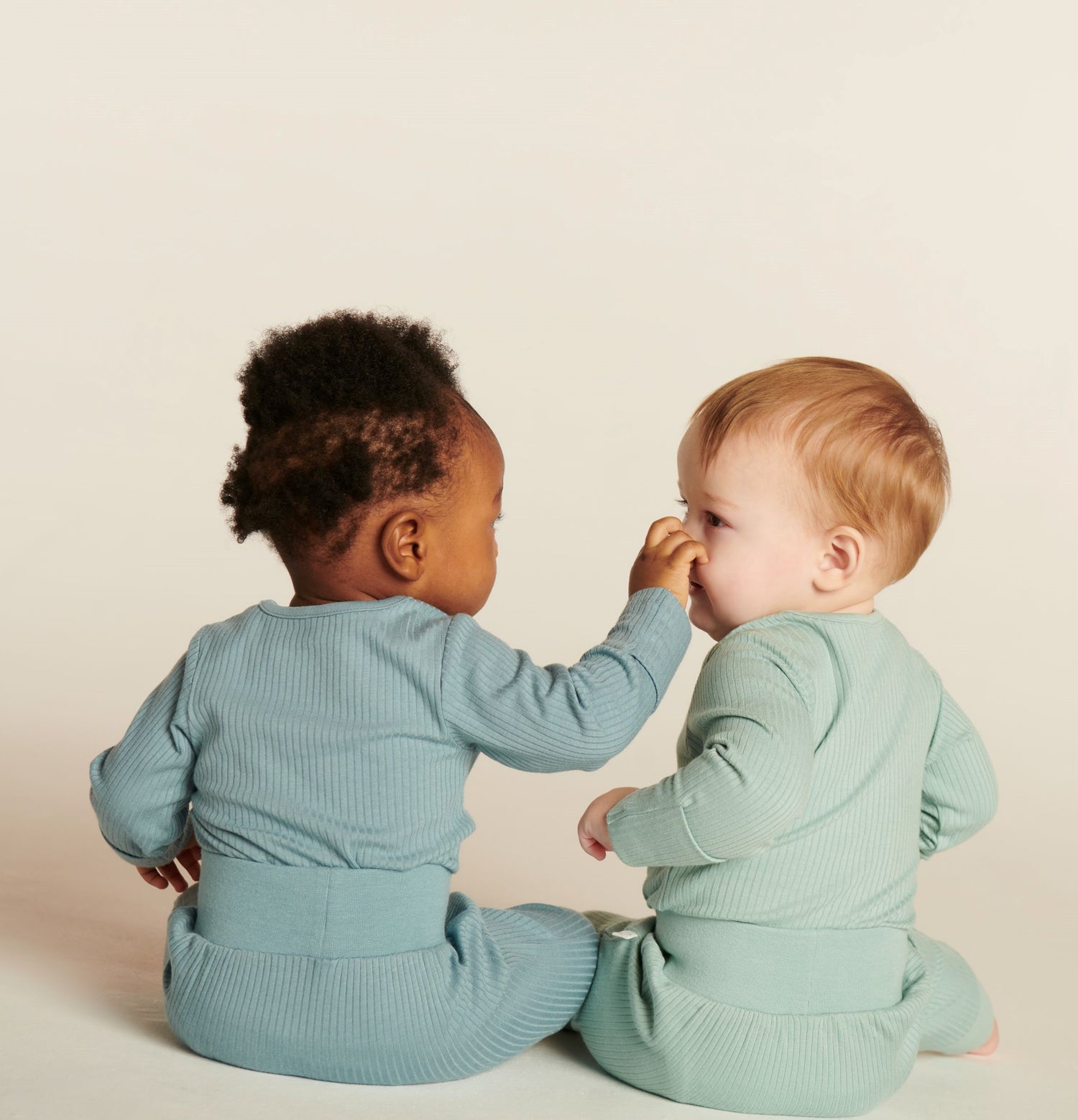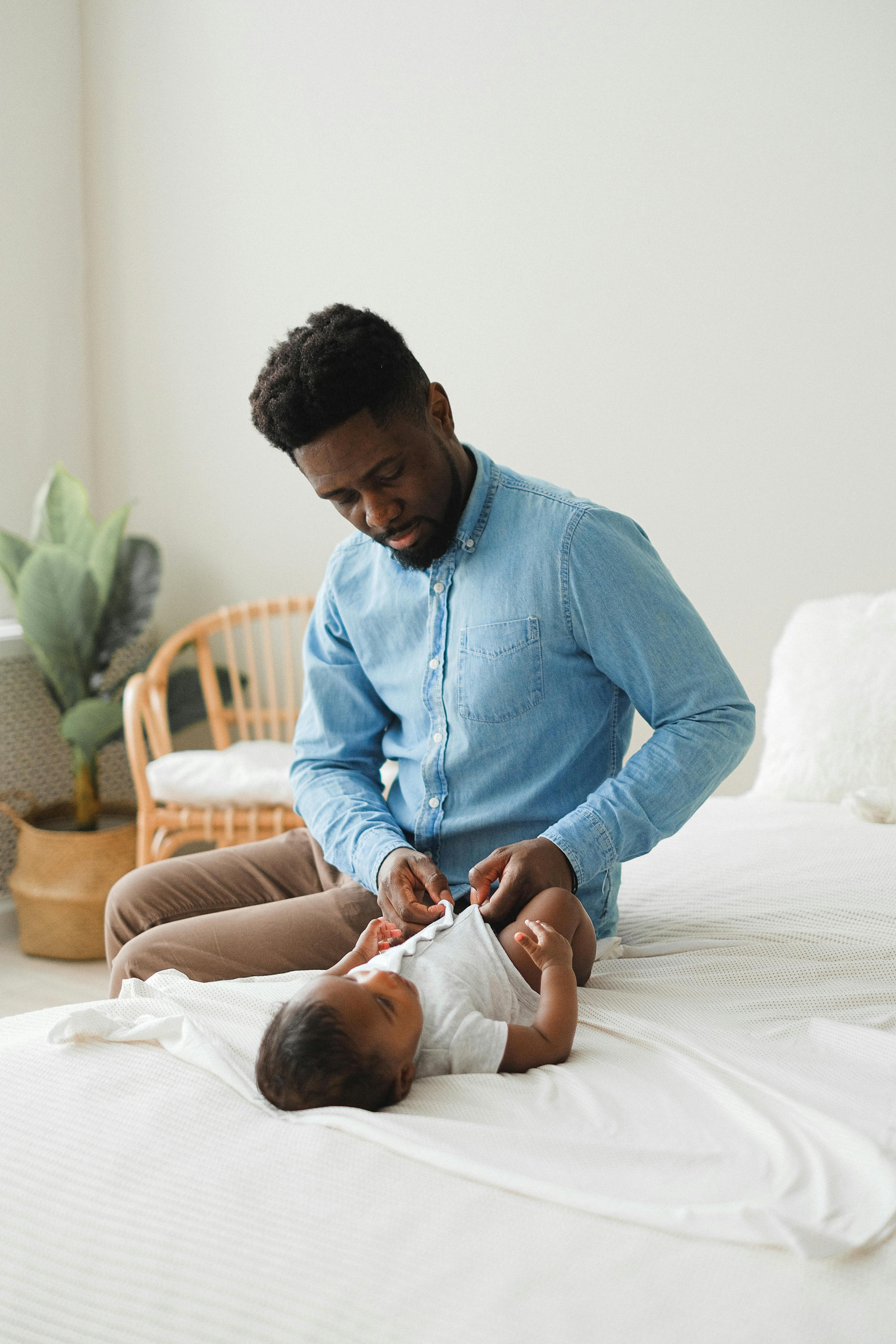
No Charge For Stains | Free Returns
Sustainability of using Borro
Introduction
To better understand the environmental impact of Borro’s subscription service versus buying, we carried out a self-directed Life Cycle Assessment to calculate the GHG (greenhouse gas) emissions of our value chain and compared the carbon footprint of our business model to typical purchasing behaviour. Life Cycle Assessment is useful in quantifying and comparing the ‘cradle-to-grave’ impact of products. Starting this LCA from scratch, we referred to the execution of some LCA research, including ‘Life cycle assessment of clothing libraries: Can collaborative consumption reduce the environmental impact of fast fashion’ (Zamani, 2017). We used the life cycle phases defined by the research as our foundation to distinguish the value chain between subscribing to, and buying, clothing.
Other than comparing the impact between subscribing to, and buying clothes, this study also focused on the distinction between conventionally grown cotton and organic cotton. The production stage of cotton can account for more than 90% of the overall emissions in the garment sector value chain (International Labour Organization, 2021). Since Borro only stocks organic cotton/GOTs certified cotton garments, we factored into our calculations the difference between conventional and organic cotton fibre.
Sources
All of the data collected is from reliable sources. For the stage of fibre production, we extracted information from Textile Exchange, which provided the greenhouse gases emitted from the production of organic cotton and conventionally grown cotton. For textile production, garment production, consumer use phrase and end-of-life phrase, we used data from Cotton Incorporated. We made use of the data about the emissions of a single home delivery from a report from The Chartered Institute of Logistics and Transport. We also collected data from a professional laundry provider to compare the environmental impact of in-house and outsourced laundry, which may aid our decision making in choosing our laundry partners in the future.
Limitations
There are several limitations regarding this LCA, which means the result is not able to fully reflect the most precise impact. First of all, the majority of the data used is secondary and the scope of each study used varies from one another. For instance, cotton is produced in diverse regions and cultivated with various techniques, which implies each of them has unique production circumstances. It is impossible to give a single definitive figure for emissions from cotton production. The figure used here is the average value. Second, there is a dearth of a complete set of figures that can represent the entire value chain of our business. We are unable to find relevant research featuring baby or kids' clothes as most of the studies concentrated on common daily clothing item, such as t-shirts. We also faced difficulties in searching for data on GOTS certified cotton, which is more sustainable than organic cotton, and the emissions of the stage of distribution to the wholesaler (in this instance Borro). Likewise there is a lack of data about how many times baby or kids' clothing is reused without subscription models, for example passing on to friends or charity shops. Due to this we have assumed that each item bought new is disposed of after it has been used for one child. If more data is brought to light, we will amend the calculations accordingly to provide a more accurate reflection of the environmental impact.
Result
Despite all the limitations, we are able to extract certain insights from the study. We set the sample as a child's garment weighing 100g made of 100% cotton and designed several scenarios. After adding up the GHG emissions of each stage in the value chain based on the scenario designed, we obtained the total GHG emissions and the GHG emissions per user for each scenario.
The result showed that subscribing to Borro can effectively reduce the carbon footprint of each user of the garment, subjected to the scope of our value chain setting. This is due to the fact that cotton production (including fibre, textile and garment production) accounts for more than 43% of the emissions of the entire value chain, and each instance of different families using the garment can divide the carbon emissions of cotton production, implying that each usage reduces a user’s carbon footprint. Note that there is a diminishing marginal return, given that the emissions from cotton production is fixed, while that of consumer use phrase is variable. So if a garment is used by 6 different users, the global warming potential is 49% less, but if it’s used by 20 different users (unlikely!) the GWP is 55% less, a small difference.
We calculated the percentage change of GHG emissions per user of the baseline scenario (buying 1 item may from conventional cotton) and that of various other scenarios. When subscribing to a single garment made of organic cotton to six customers, each customer has nearly halved their carbon footprint compared to buying one item and disposing of it straight away.
| CO2 eq at each stage (kg) | Buy 1 item (not organic) | Subscribe 1 item 6 times (organic) |
| Fibre + textile + garment production | 1.25 | 1.17 |
| Use phase: Transport (receive) | 0.07 | 0.43 |
| Use phase | 0.80 | 4.81 |
| Use phase: transport (return) | 0.43 | |
| After-use laundry | 0.04 | |
| End of life | 0.16 | 0.16 |
| Total CO2e (kg) | 2.29 | 7.05 |
| CO2e (kg) per user | 2.29 | 1.18 |
| CO2e (kg) per user saving | 1.11 | |
| GWP comparison (%) | -49% |

Receive Credit For Your Unwanted Clothes
Tired of the endless cycle of kids outgrowing their clothes and wondering what to do with them? Our Sort Out Sack is your easy way to clear space and earn credit!
Receive £5 Borro credit guaranteed for every full bag we receive. PLUS £5 Borro credit for every organic item in excellent condition

I Love Borro
Ownership is so last year… renting is the way forward! Great quality, sustainable beautiful clothes that I honestly wouldn’t have been able to afford to buy new, that we can wear and return ready for someone else to use. What’s really not to love? Danika

Hidden Gem
Borro is really a hidden gem for all parents who have a need for sustainability and affordability! The company brings great additions to the wardrobes without the wince of buying pricier clothes you know your child will outgrow. They are so great! Drew

I'm Enjoying Borro
I am enjoying the process of renting from Borro for my little one. I’ve had a lot of positive comments on the clothes which I don’t normally get with my kids’ wardrobes! Easy returns, great rental process, and the customer service is second to none too. Emma

Saves Money
I have been renting from Borro for about four months now, and so far I have loved every second of it. I save money, my baby wears ethically made organic clothing, plus I now don’t have the troubles of sorting out her outgrown clothes anymore thankfully! Gwen
